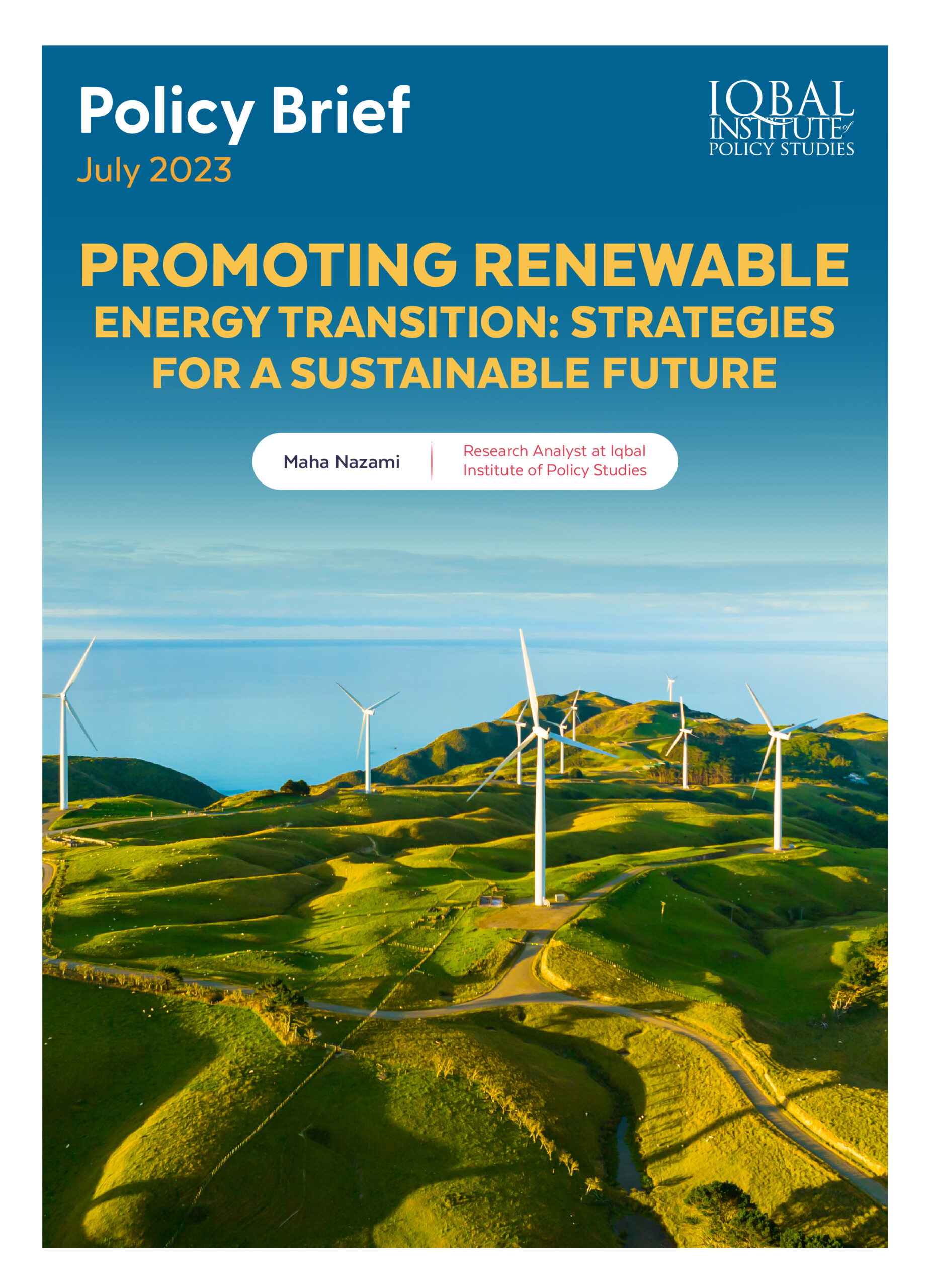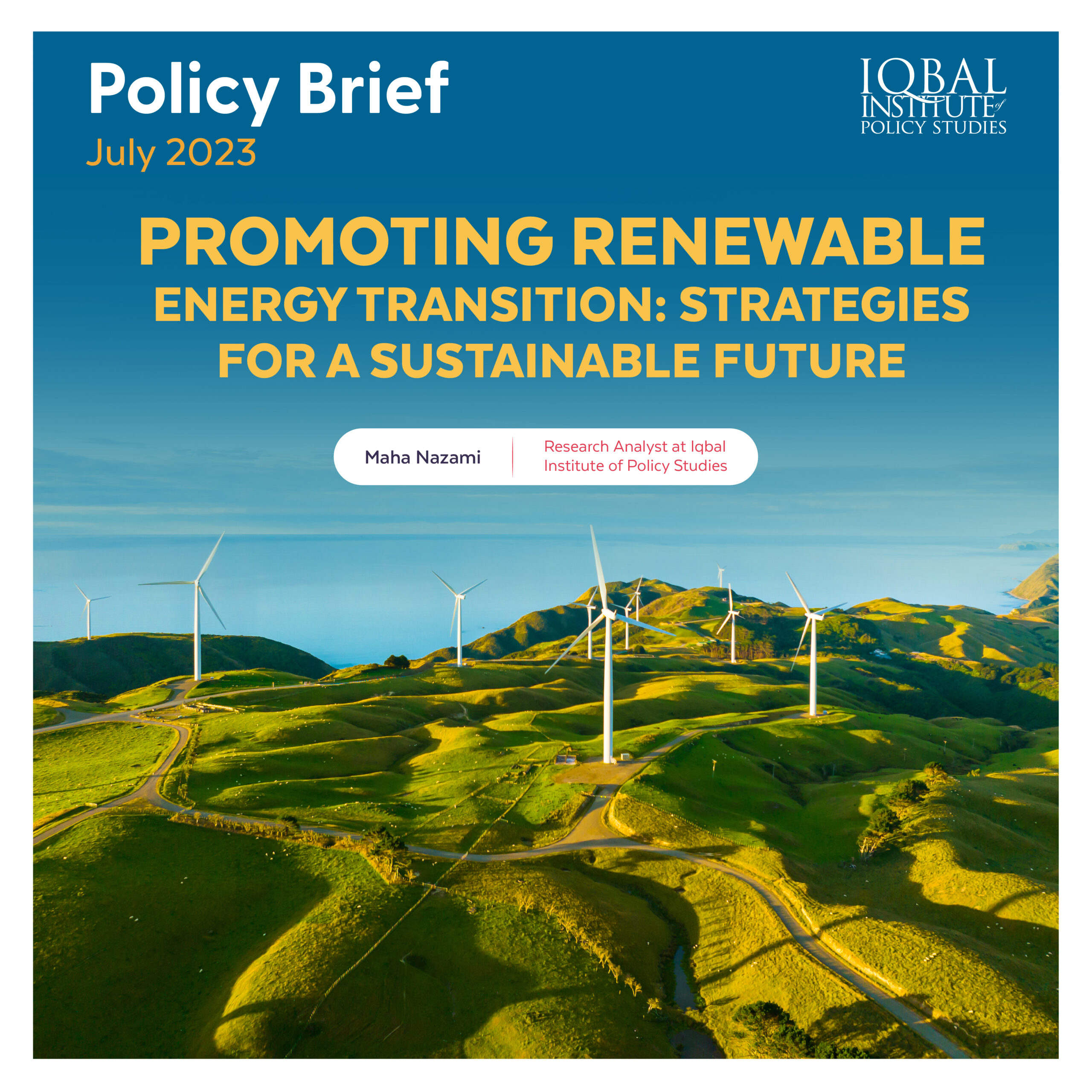In Pakistan, approximately 75 million individuals residing in rural areas and suburbs experience frequent power outages, while an additional 50 million lack access to reliable electricity supply. The country heavily relies on hydro and thermal energy for electricity production, with renewable energy sources (excluding large-scale hydro) contributing less than 5% to the total power generation. Pakistan has long grappled with a high dependence on imported fuel to meet its energy needs. The country relies heavily on imports for its fossil fuel requirements, including petroleum products, natural gas, and liquefied natural gas (LNG). This dependency on imported fuel has significant implications for Pakistan’s economy, energy security, and foreign exchange reserves.
Moreover, load shedding and the lack of energy supply have been persistent challenges faced by urban areas in Pakistan. The inadequate availability of electricity has had a significant impact on the daily lives of people, businesses, and overall economic productivity. Load shedding refers to the intentional and temporary shutdown of electricity supply in specific areas to manage the demand and supply gap.
One of the primary reasons for Pakistan’s high dependence on imported fuel is the inadequate domestic production of energy resources. Limited domestic reserves of oil and gas, coupled with inadequate exploration and production activities, have led to a widening gap between energy demand and supply. As a result, Pakistan has to rely heavily on imports to meet its energy requirements. Hence, it is crucial to meet the energy demand and the sustainable way to reach the demand is to promote and produce renewable energy.
The Government of Pakistan has set a target to increase the proportion of renewable energy in the energy mix to 30% by 2030. The Alternative Renewable Energy Policy 2019 outlines measures aimed at fully integrating renewable energy into the country’s energy planning. These initiatives are expected to address the current challenges and pave the way for a more sustainable and resilient energy sector in Pakistan.
The availability of renewable energy, advancements in financing mechanisms, and improvements in energy efficiency are positively impacting sustainable economic growth in Pakistan while also contributing to global climate protection efforts. By providing policy recommendations, governments and policymakers can play a vital role in driving and implementing the renewable energy transition and reaping its economic, social, and environmental benefits.
Challenges:
Insufficient access to reliable electricity supply
Heavy reliance on hydro and thermal energy.
High dependence on imported fuel including petroleum products, natural gas, and LNG, to meet its energy needs.
The reliance on imported fuel poses economic, energy security, and foreign exchange reserve challenges.
Load shedding and energy supply shortage leading to disruptions in daily life, businesses losses, and decreased economic productivity.
Inadequate domestic production of energy resources due to insufficient investment, technological constraints and, policy and regulatory challenges.
Lack of research, awareness and implementation for renewable energy promotion.
Background and Analysis of Current Situation
Pakistan intends to set a cumulative ambitious conditional target of an overall 50% reduction of its projected emissions by 2030, with a 15% reduction from the country’s own resources and a 35% reduction subjected to the provision of international grant finance.
To reach the target, Pakistan aims to shift to 60% renewable energy, and 30% electric vehicles by 2030 and ban coal imports as well as expand nature-based solutions.
Like numerous developing countries, Pakistan has grappled with a severe energy shortage for nearly two decades. The country’s limited domestic oil and gas reserves are depleting rapidly, while the exploitation of coal and alternative energy sources poses significant challenges. Pakistan aims to establish an ambitious conditional target of achieving a 50% cumulative reduction in projected emissions by 2030. This reduction will be achieved through a 15% decrease utilizing the country’s own resources and a 35% reduction contingent on the provision of international grant finance.
Pakistan possesses remarkable potential for generating solar and wind power. As per the World Bank, harnessing a mere 0.071% of the country’s land area for solar photovoltaic (solar PV) power generation would be sufficient to meet Pakistan’s current electricity demand.
Additionally, wind energy is abundant in Pakistan, with several well-known wind corridors and an average wind speed of 7.87 m/s in the windiest 10% of areas. Despite the existence of successful projects, the installed capacity of solar and wind energy in Pakistan stands at just over 1,500 Megawatts, constituting a mere 4% of the total capacity and around 2% of the total generation.
To achieve the target, Pakistan has set forth several strategies. The country intends to transition to 60% renewable energy sources by 2030, promoting clean and sustainable alternatives. Additionally, Pakistan aims to have 30% of its vehicles operating as electric vehicles, thereby reducing dependence on fossil fuels. In line with the goal of environmental preservation, Pakistan plans to implement a ban on coal imports and expand the adoption of nature-based solutions.
These measures signify Pakistan’s commitment to mitigating climate change, diversifying its energy sources, and embracing sustainable practices. By implementing these strategies, Pakistan strives to contribute significantly to global emissions reduction efforts and pave the way for a cleaner and more sustainable future. As a result of the recent changes in the energy mix, there will be a greater emphasis on environmentally friendly power generation in the future. This will involve increasing the presence of hydro and non-hydro renewable sources while reducing the reliance on fossil fuels. Consequently, by 2030, over 50 percent of electricity will be produced by hydro and non-hydro renewable power plants, whereas only 31 percent will be generated through the burning of fossil fuels. In response to impending challenges and the emergence of modern, non-fossil fuel energy trends, the country has actively made changes to its energy supply mix in recent years. These changes involve replacing long-standing fuels with a greater proportion of local coal, non-fossil fuels, and renewable electricity generation.
According to National Electric Power Regulatory Authority’s (NEPRA) 2021 yearly report, Pakistan’s total installed power generation capacity is 39772 MW, of which 5.4% comes from renewable energy (wind, solar and biomass).
Expanding renewable energy can make electricity cheaper, achieve greater energy security, reduce carbon emissions, and help Pakistan save up to $5 billion over the next 20 years
Policy Recommendations
Set Renewable Energy Targets
Governments should establish ambitious renewable energy targets to create a clear roadmap for transitioning to a sustainable energy future. Setting Specific, Measurable, Achievable, Relevant, and Time-bound (SMART) targets providing a sense of direction and helps mobilize investments in renewable energy projects.
Better Energy Mix and Micro-Hydro Power Projects
The need for better energy mix replacing thermal power with hydro and other renewable energy is required as the forecast results show the demand will keep on increasing in all sectors especially electric transportation. Alongside large-scale hydroelectric power, government can develop small, mini, and micro-hydro power projects through a revised Renewable Energy (RE) Policy.
Financial Incentives and Support Mechanisms
Effective financial incentives and support mechanisms are crucial for promoting renewable energy adoption. Policies such as feed-in tariffs, tax credits, grants, and subsidies can make renewable energy investments more financially attractive, encouraging both individual consumers and businesses to invest in renewable energy systems. The attraction of foreign and domestic investors and the creation of job opportunities must be achieved through a robust return on investment and the widespread adoption of renewable energy.
Regulatory Reforms and Market Design
To promote renewable energy integration, policymakers need to undertake regulatory reforms and ensure market designs that incentivize renewable energy deployment. This includes streamlining the permitting process, removing regulatory barriers, and implementing policies that facilitate grid access and renewable energy integration. For Pakistan to enhance its economic conditions, it is crucial to ensure that the energy sector operates flawlessly and sustainably, as it serves as the driving force for all other sectors within the country.
Research, Development, and Innovation
Investing in research, development, and innovation is vital for advancing renewable energy technologies and reducing costs. Governments should allocate funding for research programs, encourage collaboration between academia and industry, and support technology innovation to drive continuous improvements in renewable energy systems. Even though the Indicative Generation Capacity Expansion Plan (IGCEP) has improved supply-side planning for energy generation, its demand-side must be improved with the consultation of sectoral experts, academia, and relevant stakeholders.
Infrastructure Development
Developing a robust renewable energy infrastructure is critical for the successful integration of renewable energy into the existing energy grid. Policymakers should focus on enhancing transmission and distribution networks, implementing energy storage solutions, and promoting smart grid technologies to facilitate the efficient and reliable integration of renewable energy sources.
International Cooperation and Collaboration
Global cooperation and collaboration are crucial for accelerating the renewable energy transition. Governments should actively participate in international agreements, share best practices, and collaborate on research and development initiatives to foster the adoption of renewable energy technologies worldwide.
Education and Public Awareness
Promoting public awareness and understanding the benefits of renewable energy is essential. Governments should invest in public education campaigns to raise awareness about renewable energy technologies, their environmental advantages, and their long-term economic benefits. This can help drive public support and encourage widespread adoption of renewable energy practices.
Conclusion
The promotion of renewable energy transition requires a comprehensive and integrated policy approach. By implementing the recommended policy strategies outlined in this brief, governments and policymakers can create an enabling environment for the rapid adoption of renewable energy sources. This will not only contribute to mitigating climate change and reducing reliance on fossil fuels but also unlock economic opportunities, enhance energy security, and pave the way for a sustainable and resilient future.
This Policy Brief is written by Maha Nazami. Maha is a Research Analyst at the Iqbal Institute of Policy Studies (IIPS).
References
(n.d.). Pakistan – renewable energy. International Trade Administration | Trade.gov. https://www.trade.gov/country-commercial-guides/pakistan-renewable-energy
World Bank Group. (2020, November 10). Expanding renewable energy in Pakistan’s Electricity Mix. World Bank. https://www.worldbank.org/en/news/feature/2020/11/09/a-renewable-energy-future-for-pakistans-power-system
GOVERNMENT OF PAKISTAN. (2019). ALTERNATIVE AND RENEWABLE ENERGY POLICY. . https://www.aedb.org/images/Draft_ARE_Policy_2019_-_Version_2_July_21_2019.pdf
Jilani, M. (2023). Exploring Pakistan’s Energy Sector: Sources and Trends. Paradigm Shift. https://www.paradigmshift.com.pk/pakistan-energy-sector/
MINISTRY OF PLANNING, DEVELOPMENT AND SPECIAL INITIATIVES GOVERNMENT OF PAKISTAN. (2022). INTEGRATED ENERGY PLANNING FOR SUSTAINABLE DEVELOPMENT. PAKISTAN ENERGY OUTLOOK REPORT 2021-2030.
Pakistan. (n.d.). UNDP Climate Promise. https://climatepromise.undp.org/what-we-do/where-we-work/pakistan#:~:text=To%20reach%20the%20target%2C%20Pakistan,as%20expand%20nature%2Dbased%20solutions.
Giz. (2023, July 7). Promoting renewable energy and energy efficiency in Pakistan. giz.de. https://www.giz.de/en/worldwide/97827.html#:~:text=The%20Government%20of%20Pakistan%20aims,into%20the%20country’s%20energy%20planning.



Leave a Reply